The Only 9 Rules of Email Etiquette You Need to Know

Whether you’re coordinating projects with clients or collaborating with colleagues, email remains the go-to tool for keeping business operations running smoothly. But let’s be real—how you write those emails can totally make or break your message. Meet email etiquette. Email etiquette is your ultimate tool for clear communication, maintaining your cool, and building solid connections.
In this article, we’re breaking down the must-know rules of email etiquette, including tips, tricks, examples, and the trusty 7 C’s that will help you craft emails like a pro. Feeling a bit overwhelmed? No worries—we’ve got your back as you dive into the inbox jungle with confidence and flair!
What is Email Etiquette?
Email etiquette is the set of guidelines for crafting clear, respectful, and professional emails that effectively communicate your message. It’s all about the do’s and don’ts of writing emails that come across as professional and respectful.
Understanding email etiquette can really amp up your communication skills, helping you present yourself in a polished way and increase your email engagement.Think of it as the digital version of good manners—it helps you avoid misunderstandings and shows you respect the other person’s time and attention.
In a world where so much happens via email, following these simple guidelines is key to making a positive impression and keeping interactions smooth and productive.
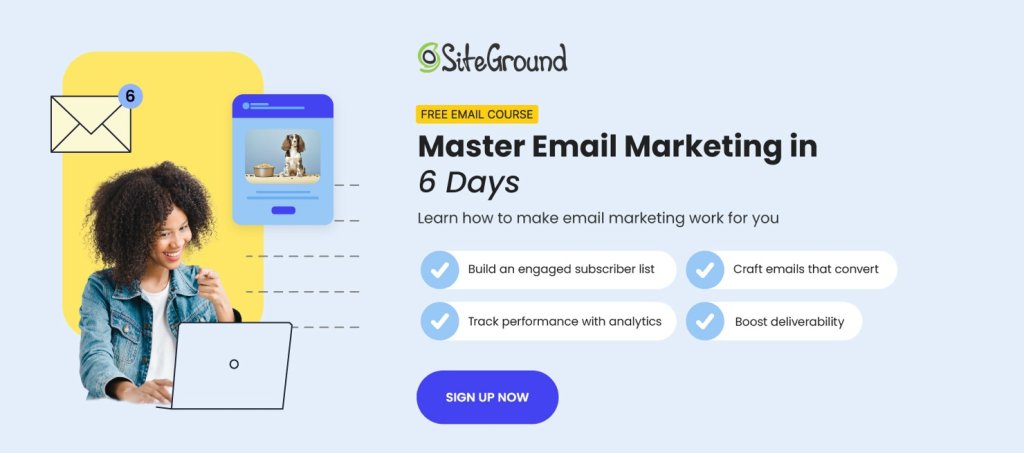
9 Must-Know Email Etiquette Rules + Examples
Now that you know what email etiquette is, let’s jump into the only email etiquette rules you’ll really need. The golden rule? Keep it clear, to-the-point, and respectful. These nine tips, packed with examples, will help your emails pop. In fact, every part of an email counts—from the subject line to the signature—so follow these to up your communication game.
1. Use a Professional Email Address
Your email address is like your digital business card, so make sure it screams professionalism. Ditch the quirky nicknames and go for something that includes your name, especially in business settings. Using your own unique domain name is a great move too—if you’ve got a business and your own domain, it looks more professional than something generic like Gmail.
Quick tip: Professional emails are usually done using an email address like [yourname@company.com] or [initials@yourdomain.com].
It sets the tone and shows you’re serious about your professional image right from the get-go.
2. Craft a Clear Subject Line
Think of your subject line as the headline of your email—nobody likes a vague one. Keep it short, catchy, and true to the email’s content to grab attention and make people want to open it. And one more quick tip: don’t forget about the preview text—it complements your subject by giving a quick snapshot of what’s inside, helping your email stand out in a crowded inbox and setting the right expectations.

3. Start with a Proper Greeting
Kick off your email with a proper greeting. Use the recipient’s name and any formal titles if needed, and double-check the spelling. A good greeting sets a friendly tone and shows respect right from the start.

4. Keep It Concise and Relevant
Time is precious, so get straight to the point in your emails. Stick to the essentials and skip the fluff. Your recipient will appreciate a message that respects their time while still delivering all the necessary info.
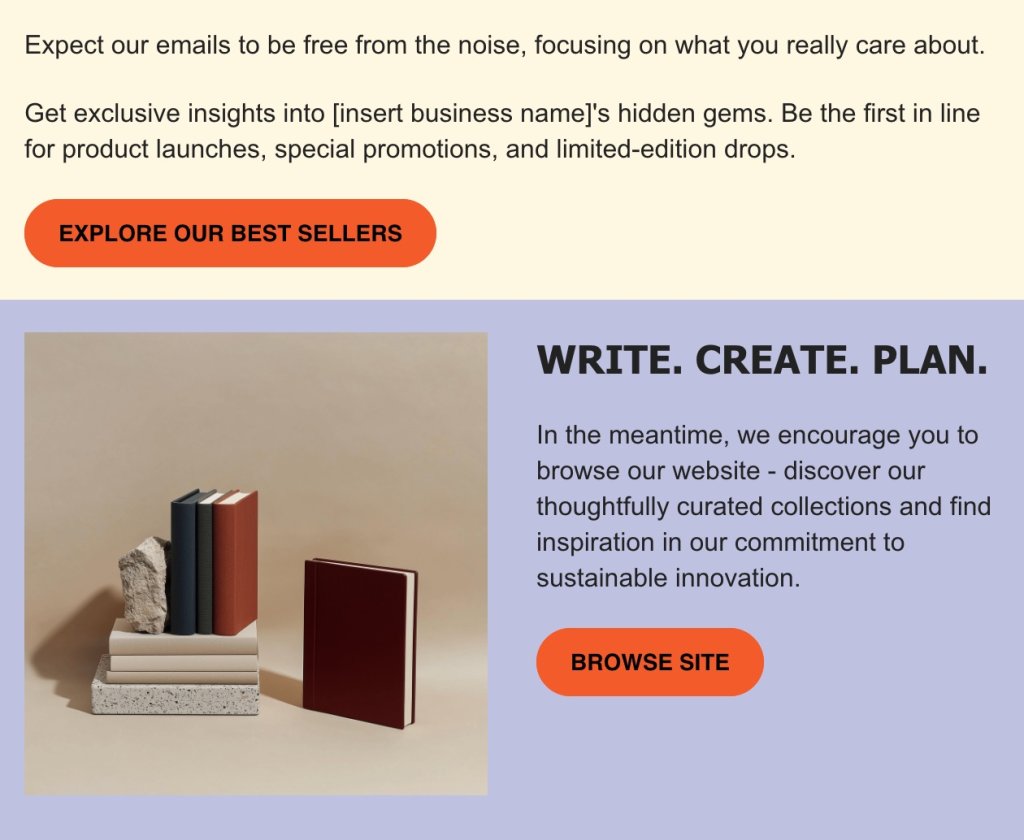
5. Always Proofread
Before you hit send, give your email a quick once-over. Look for any spelling, grammar, or punctuation slip-ups. Use spell-check tools for spelling and grammar, but don’t rely solely on them—double-check names and technical terms. A well-proofed email shows you care about the details and helps avoid any misunderstandings.
Overwhelmed by copywriting and avoiding errors? Let AI do the work. SiteGround’s AI Email Writer can help you craft error-free emails effortlessly.
6. Use Proper Formatting
Make your emails easy on the eyes with proper formatting and effective email layouts. Keep paragraphs to 2-3 sentences to avoid overwhelming the reader. Use bullet points for lists or key points to make information pop and easy to digest.

7. Include a Clear Call to Action
Don’t leave your recipient guessing—tell them what you need! Whether it’s a response, feedback, or a specific action, lay your email CTA clearly so they know exactly how to proceed.

8. Add a Professional Signature
Wrap up your emails with a professional signature. Include your contact info and any relevant titles or affiliations. It’s a quick way for the recipient to know who you are and how to get in touch. Depending on your business, you can add a friendly touch to your signature, like “Until next time” or “Warm regards,” to keep things personable.

9. Respond Promptly
Nobody likes to be left hanging, so try to respond to emails within 24 to 48 hours. It keeps the conversation flowing and shows that you’re on top of things. Plus, a quick reply can make all the difference in keeping projects moving smoothly.
The 7 C’s of Email Etiquette
With the 9 essential rules under your belt, it’s time to explore the 7 C’s of email etiquette to complement your guide to effective personal or business communication. So, what are they? Clarity, Conciseness, Courtesy, Correctness, Consistency, Confidence, and Consideration aren’t just fancy words; they’re the backbone of crafting emails that hit the mark, make you look like a pro, and keep those inbox relationships thriving.
The 7 Cs build on the 9 rules by giving you a framework to make your emails even better. While the rules give you the nuts and bolts for putting your emails together, the 7 Cs focus on the qualities that make your communication clear, concise, and considerate.
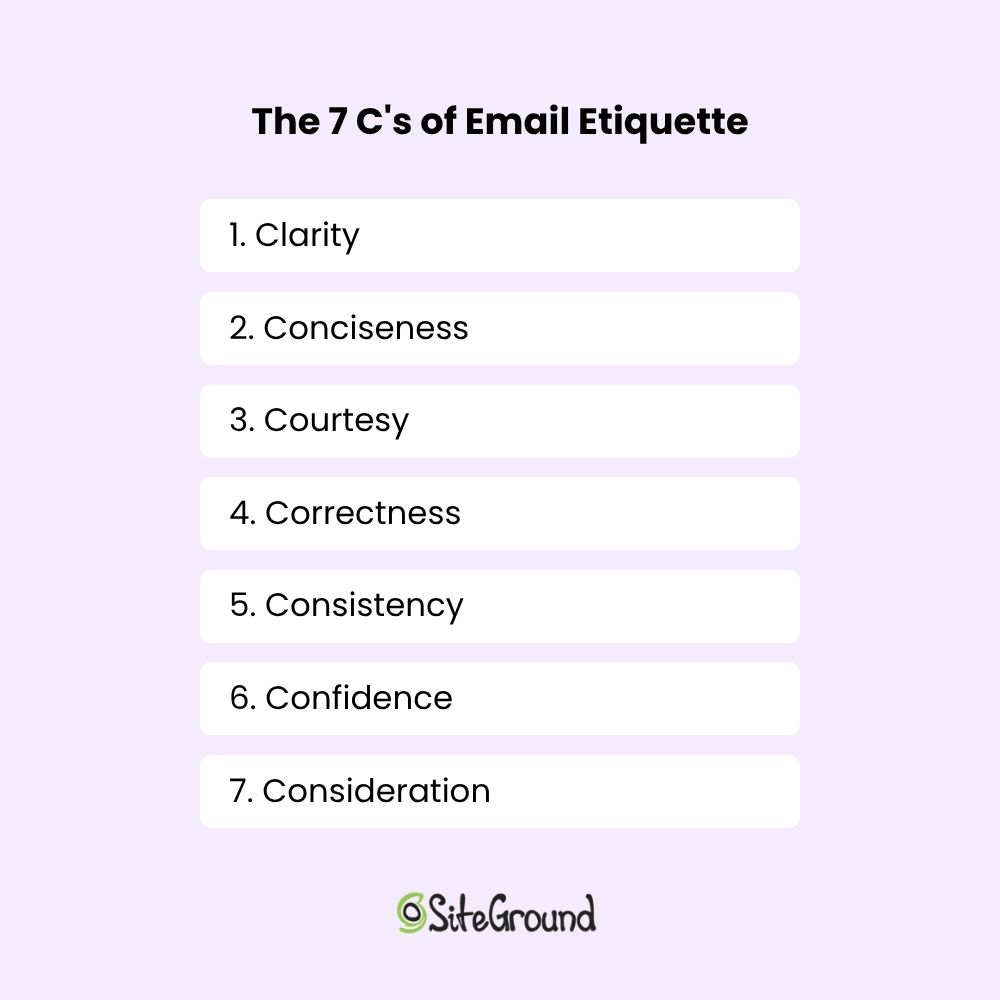
1. Clarity
Clarity is the foundation of any good email. It’s about making sure your message is clear and easy to get, with zero chance of leaving anyone scratching their head. When you organize your thoughts logically, your ideas shine through, making it super easy for your reader to get exactly what you’re saying. One great example of the clarity principle is the rule we discussed about crafting clear, to-the-point CTAs.
2. Conciseness
Conciseness, on the other hand, is about keeping it brief and to the point. Nobody’s got time for long-winded emails. People love it when you cut to the chase and give them the info they need without all the extra fluff.
3. Courtesy
Courtesy means keeping a polite and respectful tone—using friendly words, showing gratitude, and appreciating the other person’s time and effort. A bit of kindness really makes a difference! Remember when we discussed using a professional email address in a business context? That’s a perfect example of courtesy in the 7 Cs.
4. Correctness
Correctness is like your grammar guru, keeping your spelling and punctuation in check. A well-written email shows you’re competent and pay attention to details, which can really affect how people interpret your message.
5. Consistency
Consistency in email etiquette means maintaining a uniform tone and style throughout your interactions. It helps create a recognizable and professional tone that the other person can easily connect with.
6. Confidence
Confidence is equally important, as writing with assurance and professionalism helps build trust and makes your message more credible.
7. Consideration
Lastly, consideration is all about thinking from the recipient’s point of view. It means guessing their questions, tackling their concerns, and shaping your message to fit what they’re looking for.
By weaving these 7 C’s into your email game, you’re setting yourself up for success, making sure your messages are not just read—they’re appreciated. Knowing what the 7 C’s of email etiquette are can totally revolutionize how you connect through email, turning every interaction into a win.
Up Your Email Etiquette Game with SiteGround’s Email Marketing
Now that you’re equipped with the essential rules and tips of email etiquette, you’re ready to make a real impact with your digital communication. Whether you’re reaching out for business or personal reasons, your emails can now show off the polished and respectful vibe you’re going for.To take it a step further by exploring SiteGround Email Marketing. We provide easy-to-use tools to help you keep your emails organized and respect privacy, ensuring your messages always hit the mark.


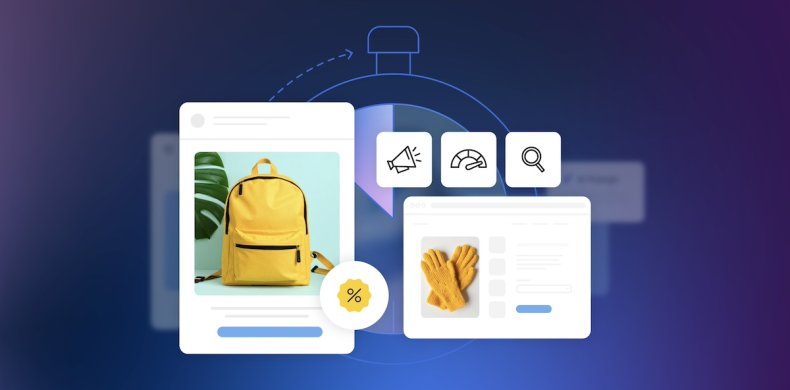
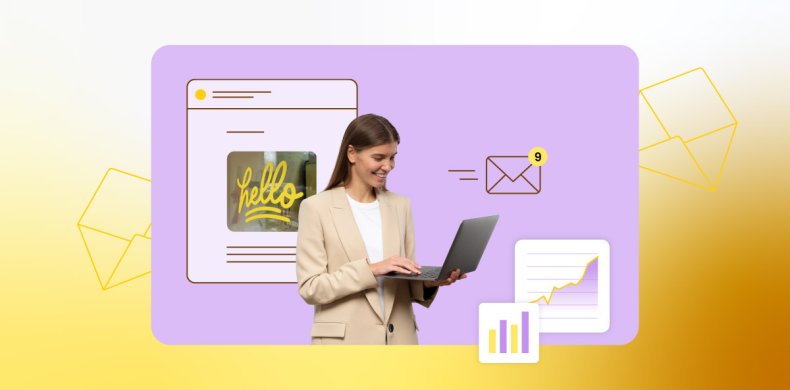
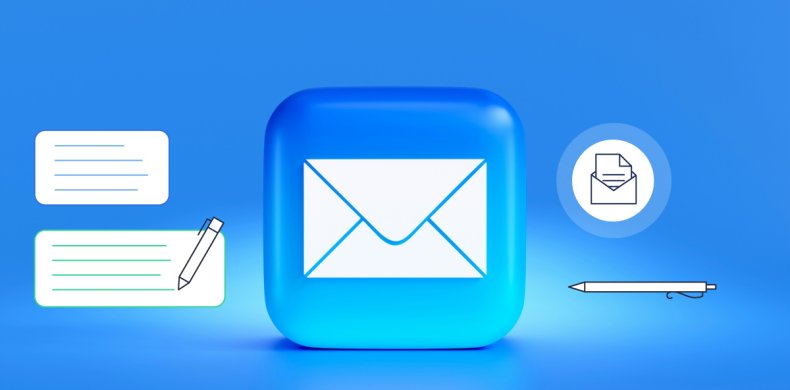
Comments ( 0 )
Thanks! Your comment will be held for moderation and will be shortly published, if it is related to this blog article. Comments for support inquiries or issues will not be published, if you have such please report it through our official channels of communication.
Leave a comment
Thanks! Your comment will be held for moderation and will be shortly published, if it is related to this blog article. Comments for support inquiries or issues will not be published, if you have such please report it through our official channels of communication.